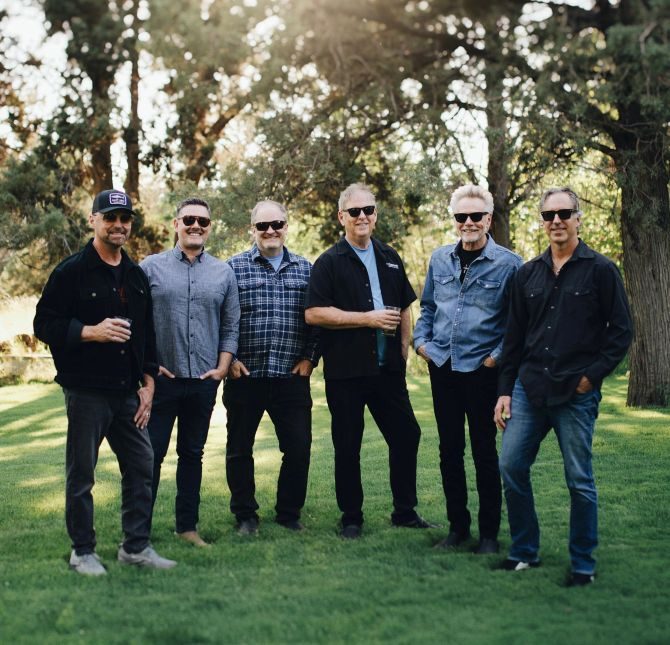Talking cryptid hotspots with author J.W. Ocker
Published 3:35 am Friday, September 16, 2022

- Author J.W. Ocker
Author J.W. Ocker is no stranger to the strange: His past books include “Cursed Objects: Strange but True of the World’s Most Infamous Items” and “The New England Grimpendium: A Guide to Macabre and Ghastly Sites.” His website is named OTIS (for “Odd Things I’ve Seen”), which he describes as “a chronicle of my visits to the unusual … oddities of nature, art, science, and culture.”
In his latest tome, “The United States of Cryptids: A Tour of American Myths and Monsters,” Ocker casts his curious eye on cryptozoological creatures of lore: the skunk ape in the South, the Jersey devil of the Jersey Pine Barrens, and closer to our home, the jackalope and bigfoot.
The book is divided into four regional sections — The Northeast, The South, The Midwest and The West — and that last one has four separate chapters for bigfoot: California Bigfoot, Washington Bigfoot, Oregon Bigfoot and The Billion Names of Bigfoot. Ocker answered a few questions Explore had about him and the book, which Quirk Books will publish Oct. 11:
Explore: What led you to write “The United States of Cryptids”?
Ocker: I love strange creatures and monsters. And I love traveling to weird sites. So what unlocked this as a real and unique project for me was the fact that there were towns across the country that not only celebrated their local monsters, they made them their entire identity. That made me excited to hit the road and the laptop.
Explore: Mitts down, bigfoot gets the most attention in the Pacific Northwest, but what other interesting cryptids might be lurking around here?
Ocker: Bigfoot was a thorn in my side this entire book. Every state has had a sighting — even Rhode Island and Delaware. And every other state has a museum or statue dedicated to the hairy lug. But if the Pacific Northwest continues to lose Bigfoot to the rest of the country, you’ve got some great backup monsters. Batsquatch, for instance, near Mount St. Helen’s. That’s a giant humanoid bat. Or the Gumbaroo, a leathery, bulletproof bear from lumberjack lore. Giant crabs in Wallowa Lake. Cadborosaurus, a reptilian monster that lives off the coast. You could throw a rock, really.
Explore: What tips might you offer the budding cryptozoologist?
Ocker: Start with local media. Oregon newspapers. Go deep into their back issues. The 1950s-1970s is the golden age of cryptids, but stories about them can appear anytime from the 19th century on. Species don’t spontaneously pop into existence, so there’s probably clues in those columns. Once you find the stories (the more obscure the better), do some fieldwork. That could include interviewing people or researching old (and new) legends, but if you really want to earn your cryptozoology badge, head into the wilderness of the Cascades and get your hands dirty. Bring recording devices, turn off blurry mode, and be patient.
Explore: How would you recommend readers incorporate this book into their outdoor adventures or travels?
Ocker: We included a section in the book that lists addresses and directions for Cryptid Towns and their museums and statues, as well as the dates for all the major cryptid festivals. You’ll be able to make a killer road trip just with that. But make sure you bring the book along to read about the creatures and towns en route.
Explore: Do you have any concerns your book might contribute to increased skepticism toward scientific thought? Or is any kind of inquiry good, even in the area of so-called pseudoscience? Or are you just hoping people will keep it in perspective and have fun with it?
Ocker: The book doesn’t try to prove whether cryptids exist or not. Instead, it celebrates the historical events and the current culture around them. Because cryptid sightings are historical, documented events. Even if they were hoaxes, misidentifications, mass hysteria, or real creatures, what’s important to me is that a town went wild for a summer back in 1949 searching for a gigantic turtle in the local pond and now, 70 year later, has turtle statues everywhere and an annual turtle-themed party.








